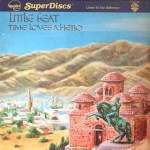
Yes, We Have No Hot Stamper Pressings of Little Feat’s Albums
Reviews and Commentaries for the Music of Little Feat
Sonic Grade: D
After playing a killer Hot Stamper pressing of the album many years ago, we wrote the following:
If you own the Nautilus Half-Speed, a record we actually liked years ago even after we had forsworn those kinds of pressings, you are really in for a treat. THIS is what the band sounds like in the REAL world, not the phony audiophile world that so many of our fellow hobbyists appear to be perfectly happy living in.
Just listen to how punchy the drums are on the real pressings, a perfect example of what proper mastering does well and Half-Speed mastering does poorly. When you listen to a top quality Hot Stamper pressing you feel that you are hearing this music EXACTLY the way Little Feat wanted it to be heard. I just don’t get that vibe from the half-speed.
I was fooled back in the day myself. The one thing these pressings have going for them is that they tend to be transparent in the midrange.
It sounds like someone messed with the sound, and of course someone did. That’s how they get those audiophile records to sound the way they do.
For some reason, some audiophiles like their records to sound pretty and lifeless with blurry bass.
That is not our sound here at Better Records. We don’t offer records with those qualities and we don’t think audiophiles should have to put up with sound like that.
Further Reading on the subject of Half-Speed Mastering
The most serious fault of the typical Half-Speed Mastered LP is not incorrect tonality or poor bass definition, although you will have a hard time finding one that doesn’t suffer from both.
It’s dead as a doornail sound, plain and simple.
And most Heavy Vinyl pressings coming down the pike these days are as guilty of this sin as their audiophile forerunners from the ’70s and ’80s. The average Heavy Vinyl LP I throw on my turntable sounds like it’s playing in another room. What audiophile in his right mind could possibly find that quality appealing? But there are scores of companies turning out this crap; somebody must be buying it.
If you are still buying these modern pressings, take the advice of some of our customers and stop throwing your money away on Heavy Vinyl Pressings and Half-Speed Mastered Records.
People have been known to ask us:
How come you guys don’t like Half-Speed Mastered records?
That’s an easy one. We’ve played them by the hundreds over the years, and we’ve found that as our ability to reproduce the sound of these records improved (better equipment, table setup, tweaks, room treatments, electricity and the like), the gap between the better non-half-speed mastered pressings and the half-speeds got bigger and bigger, leaving the half-speeds further and further behind, in the dust you might say, again and again, with so few exceptions that they could easily be counted on the fingers of one hand.
We’ve been playing half-speed mastered records since I bought my first Mobile Fidelity in 1978 or 1979. That’s forty years of experience with the sonic characteristics of this mastering approach, an approach we have found to have consistent shortcomings.
These shortcomings have somehow eluded the devotees of these records, how, we cannot imagine.
(That’s really not true, of course. Fans of half-speed mastered records are as clueless as I was starting out. Many of the records I used to like were half-speeds. With almost no exceptions, my failure to recognize what they were doing falls under the general heading of Live and Learn.)
Eventually we came to understand them better, and we have laid out their faults, chapter and verse, in the 140+ reviews we’ve written on this blog to date.
The dozen or so commentaries found here are a good way to get a taste of what we’ve learned.
(more…)
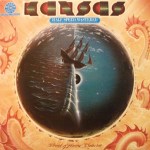 More of the Music of Kansas
More of the Music of Kansas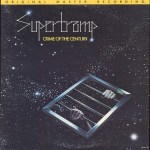
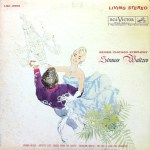 Living Stereo Titles Available Now
Living Stereo Titles Available Now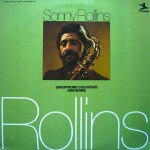

 The Music of Claude Debussy Available Now
The Music of Claude Debussy Available Now Hot Stamper Living Stereo Classical and Orchestral Titles Available Now
Hot Stamper Living Stereo Classical and Orchestral Titles Available Now
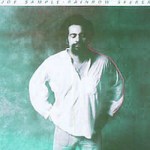

 No, the Japanese pressing, specifically targeted to audiophiles, or “soundphiles” if you like, is not superior to a properly mastered and pressed UK LP.
No, the Japanese pressing, specifically targeted to audiophiles, or “soundphiles” if you like, is not superior to a properly mastered and pressed UK LP. More of the Music of Blondie
More of the Music of Blondie